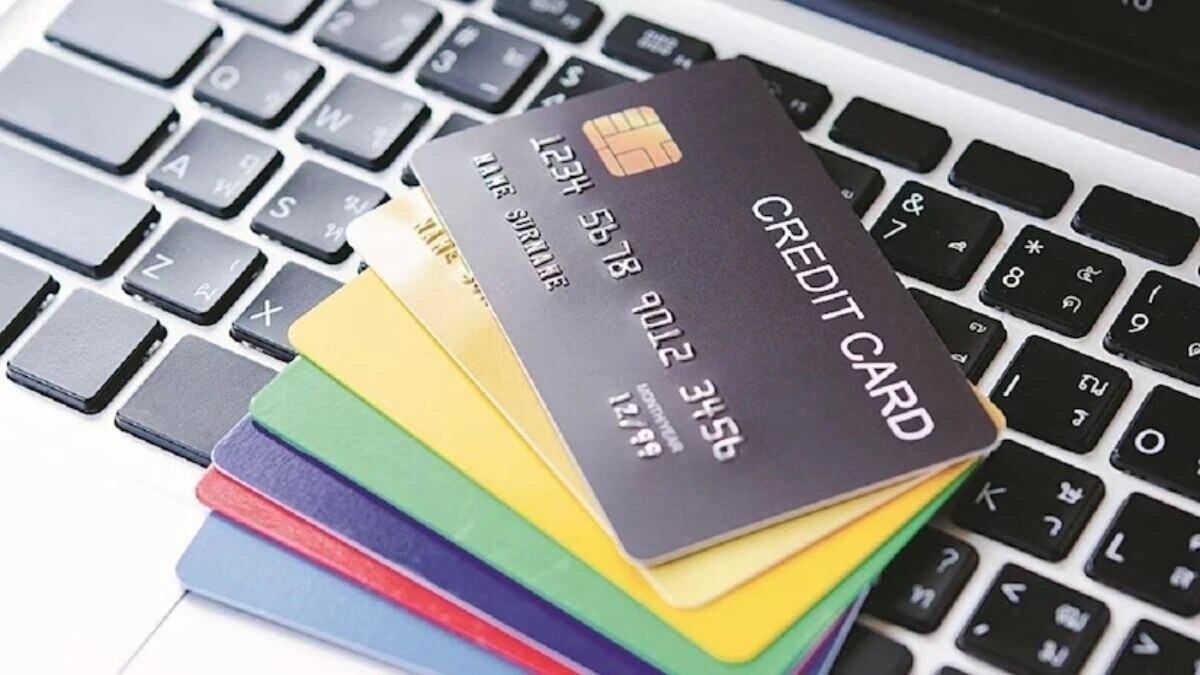Are instant credit card loans worth it for quick liquidity, or should investors explore lower-cost borrowing options in today’s high-interest environment?
Advice by Purvang Mashru, Senior Quantitative Research Analyst at 1 Finance
Instant credit card loans seem attractive for their speed, funds can be in your account within minutes and without fresh paperwork. Many banks and financial institutions in India offer instant personal loans against existing credit cards, often marketed as “Instant Loan on Credit Card,” “Loan on Credit Card,” or “Personal Loan on Credit Card.” But speed often comes at a price. These loans typically carry interest rates of 18%–40% per annum, along with processing fees and prepayment penalties, making them one of the costliest forms of borrowing in today’s environment.
The convenience can be tempting, but it’s rarely worth the long-term cost. Even short delays in repayment can lead to mounting interest and potential debt traps. In most cases, the same need can be met through cheaper, equally secure options.
Before choosing this route, compare alternatives:
1. Personal loans from banks or NBFCs, often available at 10%–16% depending on your credit profile.
2. Secured loans against assets such as gold, fixed deposits, insurance policies, or mutual funds, typically priced 2%–4% above the linked rate.
3. Salary advances offered by employers or through salary account arrangements, suitable for short-term needs.
4. Peer-to-peer (P2P) lending platforms may provide competitive rates if you meet their eligibility criteria.
Avoid instant credit card loans unless there is absolutely no other option. If you must take one, keep the tenure as short as possible, automate repayments, and aim to refinance with lower-cost credit at the first opportunity. This ensures you meet urgent liquidity needs without allowing high-interest debt to linger and damage your long-term financial well-being.
Personal lending scenario
India’s personal lending landscape is witnessing an alarming surge, especially in small-ticket personal loans and credit card debt. This growth has been fueled by aggressive marketing from fintech platforms, encouraging many individuals—often from low-income segments—to take on borrowings beyond their repayment capacity. Recent data from CRIF shows that total personal loans in India have climbed to Rs 13.7 lakh crore. Public sector banks account for 38% of this figure, while private banks hold 33% and NBFCs 24%.
The most notable spike is in loans under Rs 10,000, where NBFCs dominate with a 94% share of disbursements. Their overall share in new lending has risen sharply to 38.7% in FY25 from 33.2% in FY24. Borrowers with loans between Rs 10,000 and Rs 50,000 have also shown troubling patterns—nearly 29.3% saw a drop in their credit scores within six months, yet many continued to borrow, pushing their debt higher by 37.6%.
Defaults are particularly rising in smaller towns, with overdue loans under Rs 10,000 seeing defaults beyond 360 days jump from 24.5% to 39.7% in a single year. The combination of easy credit access, rising debt levels, and weakening repayment capacity poses a growing risk to India’s financial health.
Zerodha founder and CEO Nithin Kamath had previously warned about India’s rising debt culture, especially in the area of small-ticket personal loans and credit card borrowings. He pointed out that aggressive promotional tactics by fintech platforms are driving this surge, pushing more people into taking loans beyond their financial capacity.

